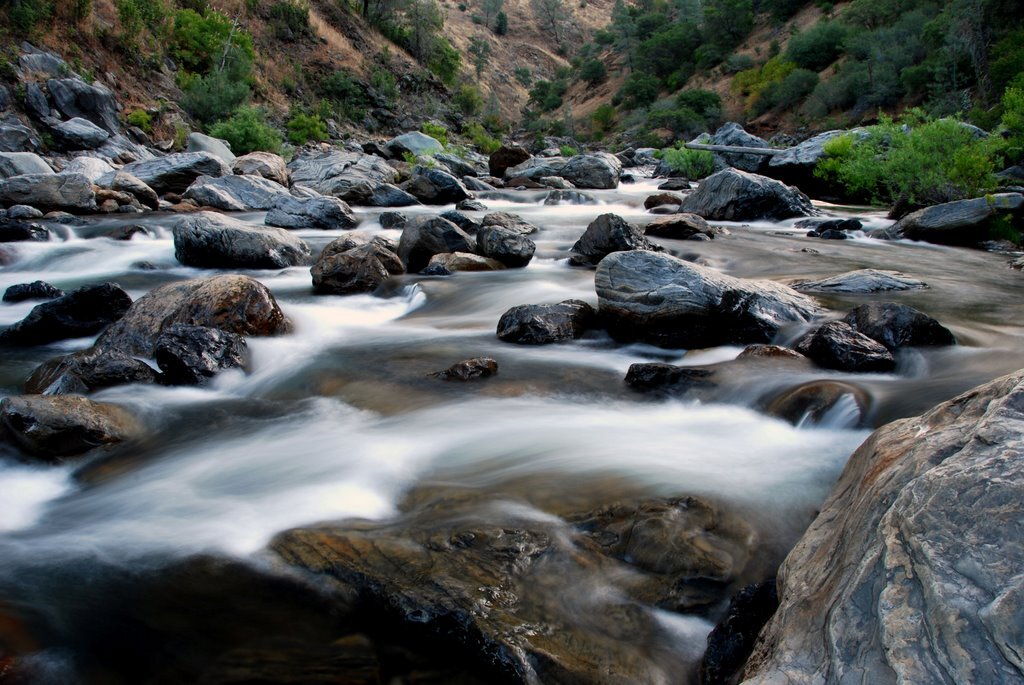
Bay Delta Plan
The Bay Delta Plan was required by the Clean Water Act. It was first adopted in 1978, and was last updated in 1995. Since then, the Bay-Delta ecosystem has spiraled into a state of continuous decline, and is now on the brink of ecological collapse.
The 2009 Delta Reform Act required the State Water Board to update the Bay Delta Plan to help achieve the State’s co-equal goals of restoring the ecosystem while ensuring reliable water supplies. In 2010 the Water Board released a flow criteria report that determined the San Joaquin River and its three main tributaries, of which the Tuolumne is the largest, would require 60% of unimpaired flow between February and June to protect fish. The report also found that 75% of the Sacramento River’s unimpaired flow would be necessary to restore that river network and the Bay-Delta.
In 2018, the Water Board finally adopted Phase 1 of the Plan focusing on the lower San Joaquin River watershed and salinity objectives for the southern Delta. While the Plan was adopted, it has yet to be implemented, and a number of water agencies, including the Modesto and Turlock Irrigation Districts, the SFPUC and BAWSCA, have sued to block the Plan. Instead, these agencies are promoting Voluntary Agreements that would supplant the Bay Delta Plan with much weaker standards.
We are advocating for higher unimpaired flows in the lower Tuolumne and San Joaquin Rivers, which would better protect threatened fish populations, like salmon and steelhead, as they make their way to and from the Tuolumne and the San Francisco Bay.
